|
NOTE: This blog references the deaths of two very young children following their interaction with dogs. Some of the content may be disturbing to some readers. Look at the images below of children interacting with dogs. What do you see? Do you see a cuteness overload? These images make me cringe because I see potential danger in the body language of the dogs and the proximity of the children's faces to the dogs' mouths. Two local tragedies related to children does within a period of a week in my area have brought me back to the subject of our unequivocal responsibility to protect dog bite related fatalities. I have written on this subject many times before and believe we just cannot talk about this enough. On February 26, 2024, 4-year old Beau Clark went into a neighbors yard where he was critically injured by a dog. The boy's father tried to intervene and was injured himself. The dog was originally identified by the Morgan County, Alabama Sheriff's Office as a "pit bull." It was later identified as an Olde English Bulldog. The dog was euthanized. The Facebook page for the sheriff's office posted that no charges were filed after the Investigation revealed that:
On March 1, 2024, a 2-year old boy who has not yet been identified entered a fenced yard by opening a gate. He was critically injured by two dogs, a Siberian Husky and a Labrador/Golden Retriever mix, after he was bitten in the face. Details about his prior interaction with the dogs is not yet know. The owner of the dogs (who were taken from the scene by animal control authorities) said they were in their fenced yard, had no prior history of violent or aggressive behavior and had never been out of the yard. He was not home at the time of the incident. Members of the Madison County, Alabama, Sheriff's Office will conduct the investigation into the child's death. These two locations are less than an hour apart. These are compounded tragedies - for the children, for their families, for the owners of the dogs, for the dogs, for the law enforcement community and for the region as a whole. I feel terribly for everyone involved. Local news stations covering these stories have focused mostly on the topic of "aggressive dogs" and what adults can to to keep themselves safe. I saw a story this morning in which a dog trainer was explaining how to use dog repellent spray and how to get into a fetal position to protect your head. I have yet to see any coverage that addresses the issue of keeping children safe around dogs to prevent tragedies like these even though that should be the immediate focus. It is up to all of us to make sure children are safe around dogs - that includes family dogs with whom we share our homes and dogs who belong to others. I've shared information from the CDC and American Veterinary Medical Association about dog bite prevention before but it bears repeating.
The effects of deaths like this are far-reaching and touch even people who do not have children in their home. If you see interaction between a child and dog you feel is unsafe, please intervene before the situation gets out of hand. It is better to anger the dog owner or the adults responsible for the child than to risk serious injury or death. The National Canine Research Council tells us that dog bite related fatalities are extremely rare because they ordinarily are. Not this week in northern Alabama.
0 Comments
Dog Bite Prevention Week - We all Need to Educate Ourselves (Including the White House Staff)4/14/2021 Like a lot of other people who deal with animal welfare and animal shelter advocacy, I was thrilled to learn that the Biden family would bring a rescued dog to 1600 Pennsylvania Avenue. Major Biden was adopted from the Delaware Humane Association following the Bidens having fostered him as a puppy who came from a litter of dogs who were sick. That was three years ago. Major is now a stunning dog and pal to Champ, the Biden’s older dog they have had since 2008. Also like a lot of other people who run in my circles, I was not particularly surprised when I heard there had been a couple of “biting incidents” with Major and members of the White House staff. I feel confident both the Biden’s dogs have been around a lot of people during the course of their lives. The change in location and the sheer volume of new people in new situations would be a lot for any dog to handle and sets the stage for some degree of conflict and adjustment. I can’t imagine how my own dogs would behave if they were thrust into a new environment, surrounded by dozens of people they had never met before (some of whom may know little about dogs) and subjected to almost constant stimulation. We learned yesterday that Major will undergo some additional training to help him adjust to life in the White House. A contact of mine posted a question on her social media account a couple of weeks back, asking what the Bidens should do. I suggested they should do what all families with dogs should do – learn about dog bite prevention and educate those around them about dog bite prevention. I went on to opine that this week – which is Dog Bite Prevention Week – would be a prefect opportunity to do that. Training Major is a wonderful idea that likely should have been considered sooner. Training the people who interact with him is equally important in my book if not more important. We have so many dogs in our country, that most of us presume people understand dog behavior and body language. That’s just not true. As renowned researcher Karen Delise wrote many years ago in The Pit Pull Placebo: The Media, Myths and Politics of Canine Aggression, all dogs have teeth. All dogs bite. “They bite other animals, they bite each other and they bite humans.” More than half of American households includes at least one dog. This means millions of people are in daily contact with dogs, even if we include only the members of the dogs' own households. But how many people have really educated themselves on dog body language and how to remain safe around dogs? Not nearly enough. Dogs are surrendered to shelters every day for some type of bite incident, many of whom are destroyed. We hear that the incidents were “unprovoked” or “came out of nowhere.” While there are certainly times when that is true because the dog has some cognitive issue, most of these incidents were both foreseeable and preventable. The groups of people most commonly involved in dog bite incidents are children and the elderly. How many any times have you seen a picture of a child with their arms wrapped tightly around the neck of a dog or even laying on top of a dog? Some people find these images cute; I see them as disasters waiting to happen. Dogs bite for a variety of reasons. As the American Veterinary Medical Association states on its website, a dog bite is most commonly a reaction to something. “If the dog finds itself in a stressful situation, it may bite to defend itself or its territory. Dogs can bite because they are scared or have been startled. They can bite because they feel threatened. They can bite to protect something that is valuable to them, like their puppies, their food or a toy.” Dogs also bite when they don’t feel well and they just want to be left alone. Dogs also bite during play, something most of us have experienced. During Dog Bite Prevention Week, please take time to educate yourself and your family about how to prevent dog bites. If you having issues with your own dog, please don't hesitate to get help; the issue will not go away with time and will only get worse. Consult with your veterinarian to see if there is some medical reason for your dog's behavior. Also consult with a trainer or behaviorist to resolve your issues. People don't like to hear it, but there are many times when the issue is not with the dog but with the people who care for the dog. The training may need to be more for you than it is for your canine companion. If you have an issue with your dog in your home and take your dog to a shelter, the odds are against your dog being adopted. Do all you can to resolve your issues in your own home so lack of action does not lead to the death of your dog. There is a lot of great information on the internet on this subject so I won't restate it here. The sites I think have the best information are the following: American Veterinary Medical Association: Dog Bite Prevention ASPCA: Dog Bite Prevention The Spruce Pets: How to Stop Your Dog From Biting Positively Victoria Stillwell: Dog Bite Prevention If you’re up for something more in-depth, I encourage you to look into the materials on the website for the National Canine Research Council. I relied heavily on materials from the NCRC when I wrote my research paper about adoption of pit bull-type dogs years ago and was thankful Karen Delise reviewed it for me. The Family Dog also has some great videos on their Youtube channel about children and dogs. One of my favorites is “I Speak Doggie.” Back to the Biden family, I hope steps will be taken not just to “train” Major Biden, but to educate the people around him who will interact with him. I am sure Major was trying to communicate with the people around him when the incidents happened. We all need to know how dogs communicate to keep all of us safe.
A dog is a dog is a dog is a dog. I have long stood against breed discriminatory legislation and breed specific legislation. It is my genuine belief that dogs are products of the manner in which they are treated immeasurably more so than the breed they are perceived to be. I got deep into this subject back in 2009 when I was asked by my local animal shelter director to write a research paper advocating adoption of pit bull type dogs. She claimed she would use the paper to help persuade city officials and long-time members of her staff that adopting out dogs believed to be “pit bulls” was something her shelter should be doing. I have blogged on my research paper before (which I later updated in 2014) and won't revisit the entire topic here. If you'd like to read the paper, you will find it here. If you would like to look at the hundreds of pages of research, you will find it here. I was brought back to this topic of breed bias recently when I learned that the very shelter director who asked me to write a research paper almost a decade ago either never read the paper or has never taken any steps to educate herself on this topic even though she is a licensed veterinarian. I learned recently that she not only relies on but “studies” a website called Dogsbite.org and that she truly believes that pit bull type dogs are inherently dangerous. No. No. No and no. It seems that not a week goes by when I don't hear of someone singing the praises of Dogsbite.org. The site is run by a web designer and self-professed fortune teller named Colleen Lynn who was once bitten by a pit bull type dog. I am sorry she was bitten. Taking that personal experience and using it to create a platform which is based not on science or actual research is both irresponsible and incredibly harmful to all dogs and all dog owners. The site is based, on its own admission, by media reports which are notoriously unreliable and more often than not wrong. Others have written about the website before me on more than one occasion. One glance at the data for my state shows that the information is focused on pit bull type dogs and to the exclusion of other breeds. The 2012 dog bite fatality attack I became involved with indirectly in 2014 due to my job involved Rottweilers so you won't find any mention of it on Colleen Lynn's website. I rely on research from the National Canine Research Council and from reliable sources like the Animal Farm Foundation. I believe the JAVMA study about dog bite related fatalities and I believe in the research of Karen Delise which is based not on media reports but on official records like law enforcement reports. I have communicated with Karen on more than one occasion related to her research of dog bite fatalities in my state, referring her to law enforcement authorities as part of her research. If you have never taken the time to look at the NCRC website or read Karen's book, "The Pitbull Placebo: The Media, Myth and Politics of Canine Aggression," you owe it to yourself to do so. The reasons for actual dog attacks (as opposed to incidents of simple and avoidable injuries) are often complex, but the answer to preventing dog attacks is relatively simple: humane care and control of dogs is often all that is needed to prevent most dog attacks. The National Canine Research Council's investigations into dog bite-related fatalities reveals the majority of these tragic cases involved circumstances where owners failed to provide necessary care and human control of their dogs: 1) failure by dog owners to spay or neuter dogs not involved in a responsible breeding program; 2) maintaining dogs in semi-isolation on chains or in pens; 3) allowing dogs to run loose; 4) neglecting or abusing dogs; 5) maintaining dogs not as household pets, but as guard dogs, fighting dogs, intimidation dogs, breeding dogs or yard dogs; and 6) allowing children to interact with unfamiliar dogs. The 2016 Final Report on Dog Bite-Related Fatalities by the National Canine Research Council was most recently updated on March 8, 2018. If confirmed the data in the 2013 JAVMA Study and states: MULTIPLE FACTORS CONTINUE TO CO-OCCUR THAT ARE WITHIN THE CONTROL OF OWNERS. THE CONCLUSION OF EXPERTS: I realize that the topic of dog attacks on people is an emotional one. The fatality case I was involved with indirectly was the most gruesome case I have dealt with in more than 25 years in the legal profession. But we do our society, our families, our dogs in animal shelters and our family dogs a complete disservice when we focus on breed - because there is no scientific basis to show that it has anything at all with dog attacks and fatalities. A dog is a dog is a dog is a dog. When dogs are treated well and socialized to people, they make wonderful companions. When dogs are not treated well, are used as resident animals, are not socialized to people and not sterilized, they all become potentially dangerous no matter what they look like and no matter what breed we think they are. If you really think that pit bull type dogs are naturally aggressive, I challenge you to educate yourself on the topic. You can start with my research paper, which is not particularly long, and go from there. If your lead an animal shelter that destroys dogs based on perceived breed, shame on you. It's time to stop relying on junk science and time to get educated not only on the causes of dog aggression but about how you can better market pit bull type dogs to get them through the system and into good homes. If you are not willing to do that, it truly is time to find another occupation which does not involve making decisions regarding who lives and who dies. Now. (image of Roo Yori and Wallace courtesy of Roo and Josh Grenell; infographic images courtesy of Animal Farm Foundation)
 I’ve always had a soft spot for abused and neglected animals. I see us as stewards of the companion animals we domesticated and for me, there is just no excuse for treating them poorly. When it comes to owned animals, my position is that if you don’t really care about that animal and are not prepared to treat him or her as a member of your family or a valued partner in some way, you should not have animals at all. In doing so, I make no distinction based on income. I am aware of homeless people who take better care of their pets than do some celebrities who treat animals like furry accessories or as some status symbol, only to discard them when caring for them calls for too much responsibility. The topic of chained dogs is one I’m particularly passionate about. It all goes back to our dog, Snake, for me. She had been living chained to a tree with a heavy logging chain in Northern California when Rich rescued her years ago with the help of a game warden. She was not socialized to people and we will never know how she was treated in her developmental months as a young dog. She had no fur on her neck due to the chain and she “pancaked” in the early days when Rich took her home. She was simply terrified. The veterinarian Rich took her to said her hair may never grow back. It did and she thrived in time with the help of the man who is my own personal dog whisperer and who, in all likelihood, is really part dog. Every time I see a dog on a chain or a tether, forced to live outside 24/7/365 with no meaningful human contact, I ask myself one simple question: why? Why even have a dog if that animal is essentially imprisoned to a patch of dirt? It makes absolutely no sense to me and it is considered inhumane by every reputable animal welfare organization in our country. Dogs who are forced to live outside and confined to a limited space are not protective of the people who live inside a home near them. They become protective of the space in which they are forced to live. They do not make good living security systems who will bark when an intruder comes near. They are apt to either bark at everyone and every other animal or they do not bark at all. Dogs who live this way are considered “resident dogs” by subject matter experts like Karen Delise of the National Canine Research Council. They may not be aggressive towards the people who own them, but they can be incredibly dangerous to other people, with children and the elderly being most at risk of being bitten or fatally attacked. February is Unchain a Dog Month. The second week in February is Have a Heart for Chained Dogs Week. In honor of this week and month, I am happy to report that a dog ordinance I have been advancing in the city where I live was approved by my city council last night. It is now illegal to keep a dog confined by direct-point chaining or tethering to a stationary object in our city. Dogs may be contained inside a residential structure, inside a fenced yard, in a pen or with a run or trolley line. In addition to containment methods, our ordinance has provisions for adequate shelter and nutrition and prohibits dogs being kept outside during dangerous conditions. This particular part of the ordinance is intentionally vague so it can relate to either extreme temperatures or weather events like tornado warnings. I would have liked to have the ordinance prohibit perpetual penning of dogs, but we could not find a way to include a provision like that and have it enforceable at this point. A lot of people presume I advanced the ordinance due to my love for dogs and while that is absolutely true to a degree, it is not the whole story. I work in the legal field and one of the most gruesome cases I ever dealt with was in 2014 when we defended a dog bite fatality case. WWII Veteran Donald Thomas went to check his mail in September of 2012 and was attacked and killed by two dogs who belonged to neighbors. His wife came home from the store to find the dogs attacking her husband. She was unable to get the dogs to stop and called the police. An officer arrived within minutes and shot both dogs. It was too late. Mr. Thomas was dead. It was later discovered that the people who owned the dogs had 33 other dogs chained in their backyard. They were convicted of manslaughter and criminally negligent homicide. Mrs. Thomas later sued the city for wrongful death. So yes, this issue is about animal welfare. But it is even more about public safety and about ensuring dogs are cared for in ways which keeps them from being weaponized. If you keep your dog chained or tethered in your yard, please. Find another way to make that dog part of your family and keep him or her from becoming a public safety risk. If you are an animal advocate like me and you want to advance legislation in your own area to help keep your community safe and ensure dogs receive better care, have no fear. Take a chance and speak out for what you believe in. Dogs cannot speak for themselves and in the end, you are their voice. (image courtesy of Dana Kay Mattox Deutsch)
 I know that life is short and so I really try to take advantage of every day. Each day is a gift. I try to do a mental reset each morning, let go of past differences and focus on doing something good. But this morning proved again that the way in which you care for your dog makes it really hard for me to stay positive on some days. I know that there are cultural differences when it comes to dogs and how we treat them. Some dogs are family members. Some dogs serve some function or purpose related to security or hunting. Some dogs live outside all the time and are used as a sort of living security system. I heard on a program recently that for some, the attitude is that “animals don't come inside unless they're going on a plate.” As offensive as that statement was to me, I get it. Your dog is your dog and while your treatment of your dog may cause me to lose sleep at night, there is little I can do about it unless you are breaking the law.  Most cites and counties across the country have laws about dogs running at large. These laws are not about interfering with your personal decisions about how you treat your “property.” They are about public safety. While you may think it is appropriate to let your dog run loose and you may think your dog will not harm or scare anyone, the law in most places makes it illegal to liberate your dog each day to roam the land as if it was still 1870. Not everyone likes dogs and some people are afraid of them. The people most likely to be injured by a dog are children and the elderly. Even if your dog is so incredibly docile that it would never harm or scare a person, your dog is still no match for fast-moving vehicles or even slow-moving drivers who are not paying attention. Beyond the whole injury or death issues, there are financial issues involved. When you allow your dog to run at large, he or she may be picked up by animal control authorities, causing taxpayer dollars to be used to house, feed and then perhaps destroy your dog. If your dog is killed by a vehicle, taxpayer dollars are used for the costs of removing the body of your dog from state and federal roadways and rights-of-way. I understand that dogs get loose and not every dog outside is there due to someone's irresponsibility. If your dog lives outside and is a fence jumper, digger or has the propensity to bolt when a gate is left ajar, I want you to take steps to keep your dog contained. You can use a fence or a run line for this. If you say you cannot afford those items, then bring your dog inside. It's just that simple. Most dogs are easily house trained and in the end, it is up to you to learn your dog's language, teach him to learn yours and give him the structure and exercise he needs. There is talk of doing a round-up of loose dogs in Houston in advance of the Super Bowl. Those dogs are or were someone's pet or were born outside to dogs who were someone's pets. It will be a tragic loss if those dogs are summarily killed just to make the city look better and so the city can say it worked hard to ensure public safety. It should have been addressing the stray dog issue all along and before it got to the point where things got so out of hand. I have the phone numbers for five Department of Transportation Offices on my phone and I had to call one of them again this morning on my way to work. He was in the middle of the road between the 308 and 309 mile markers in the northbound lanes. I came upon him unexpectedly because there was a lot of traffic. It took my breath away to see him. But I made the call. And then I cried for your dog. You will never know what happened to him even though I do. Please. Keep your dogs safe. Not just for public safety purposes. Because you owe it to them to help them live long and full lives. It's not 1870 anymore. (frontier image courtesy of the Utah Historical Society)
|
AuthorI am an animal welfare advocate. My goal is to help people understand some basic issues related to companion animals in America. Awareness leads to education leads to action leads to change. Archives
July 2024
Categories
All
image courtesy of Terrah Johnson
|
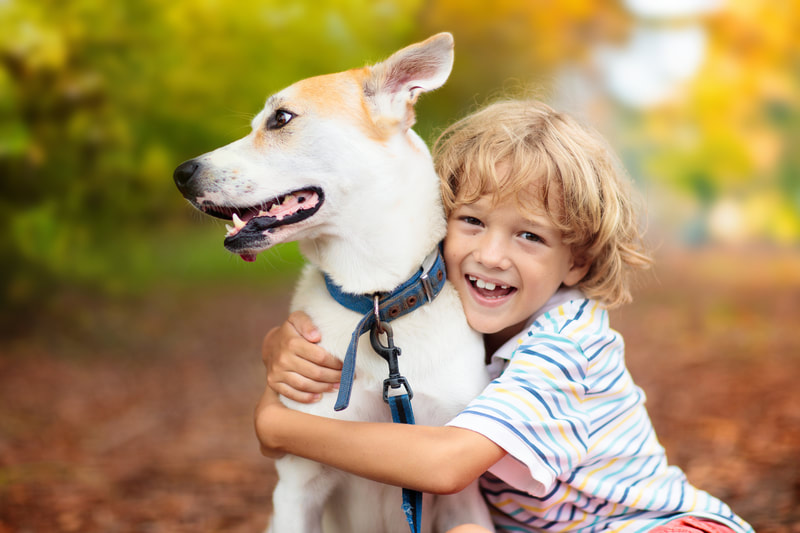

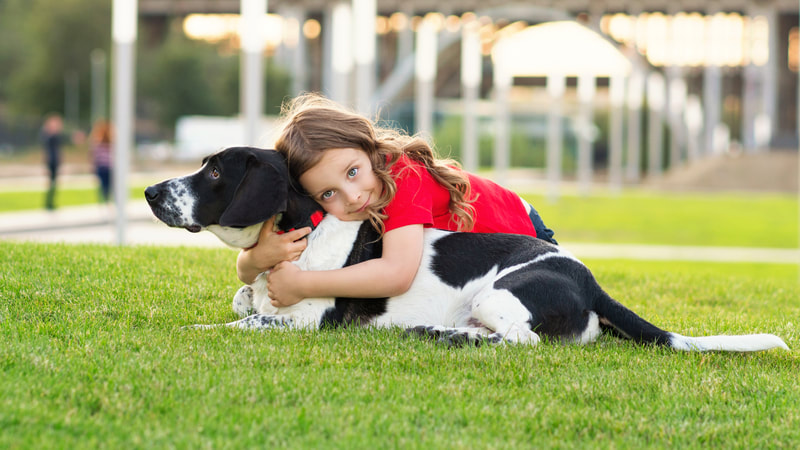
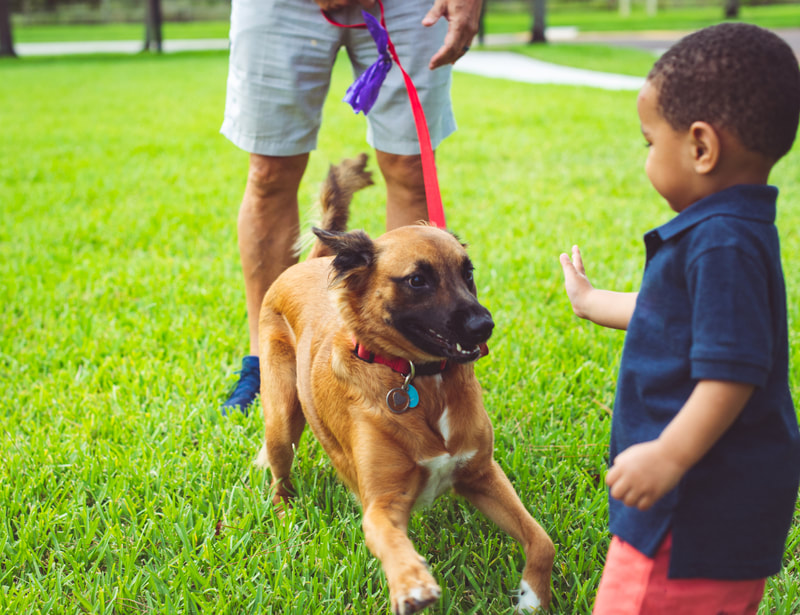
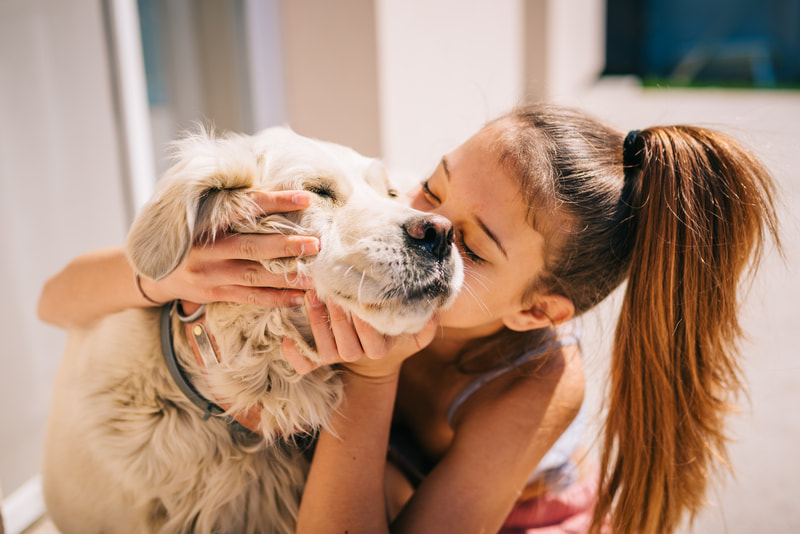

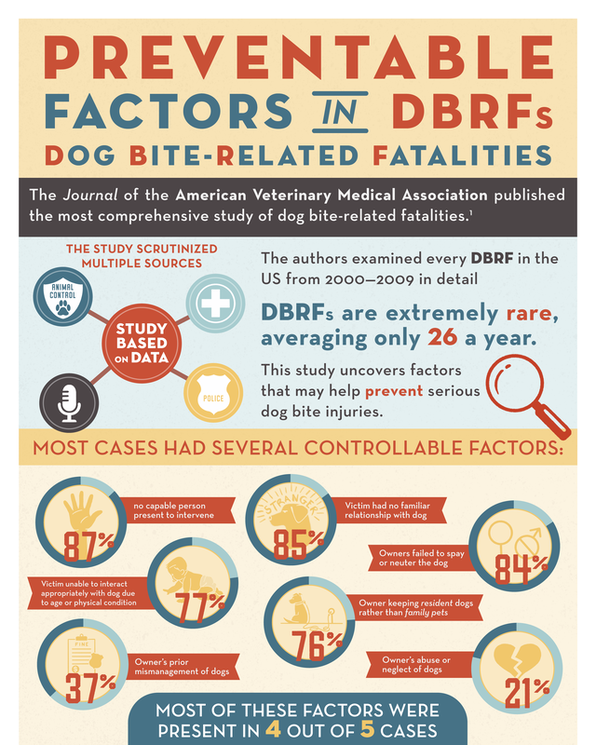
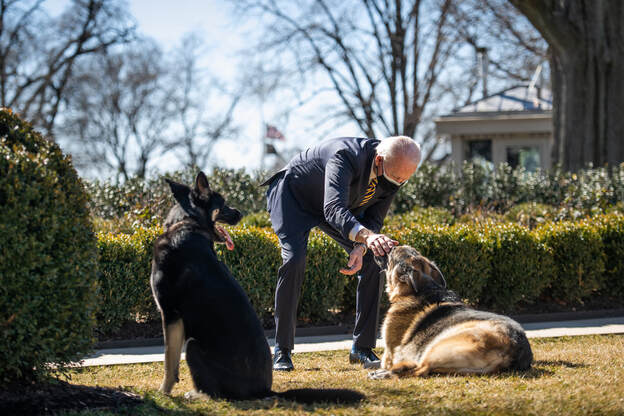
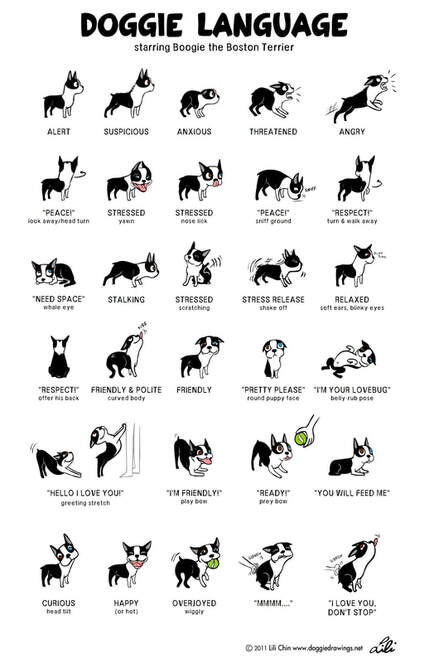
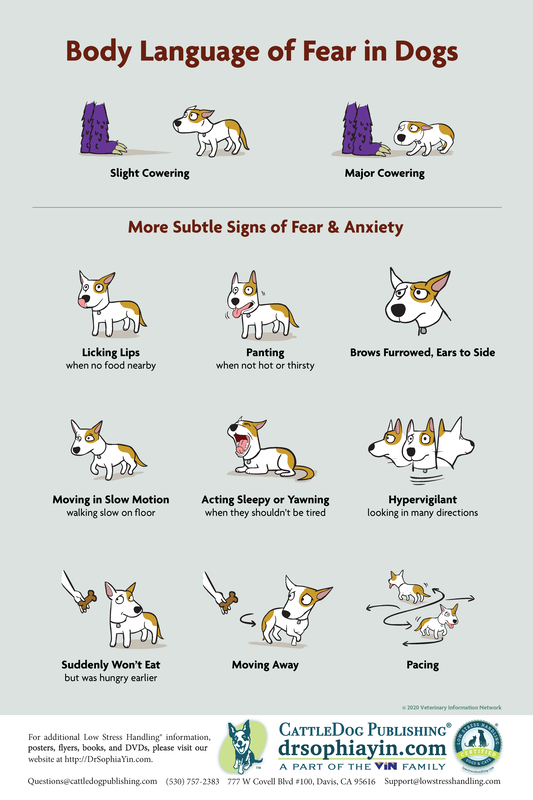
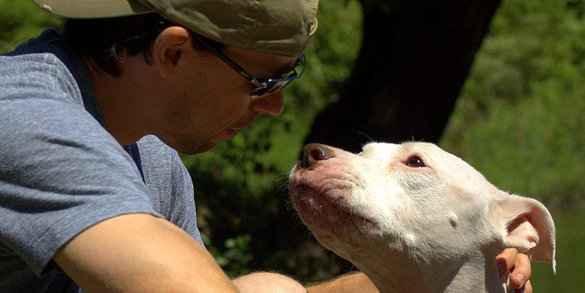
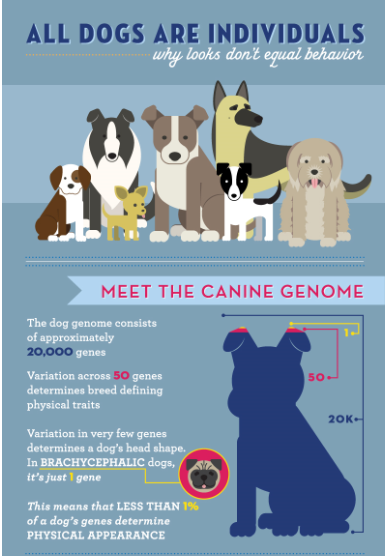
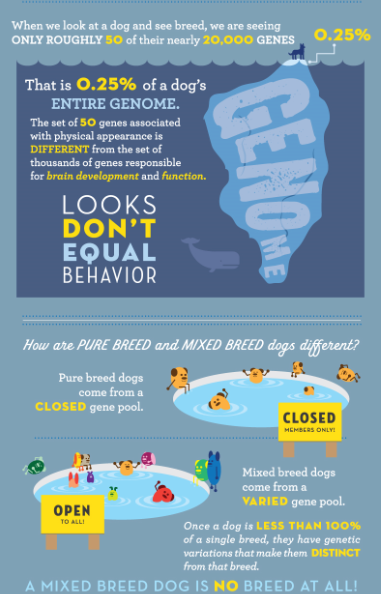
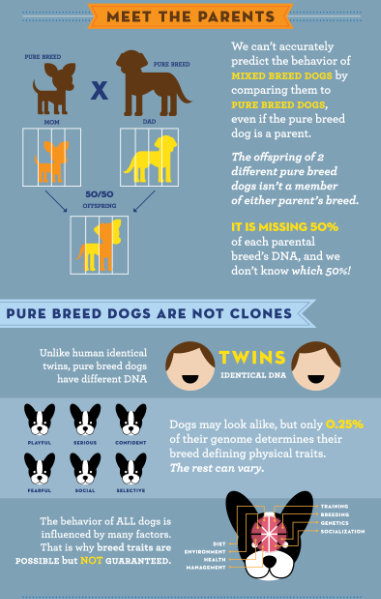
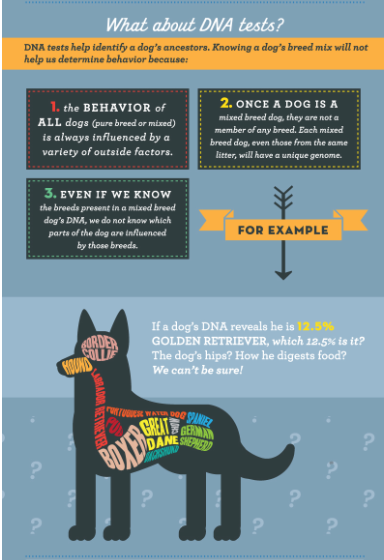
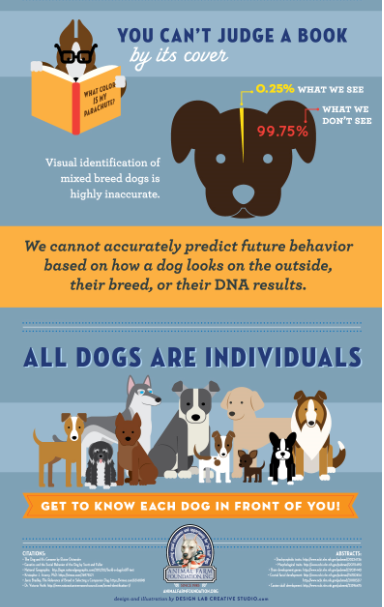
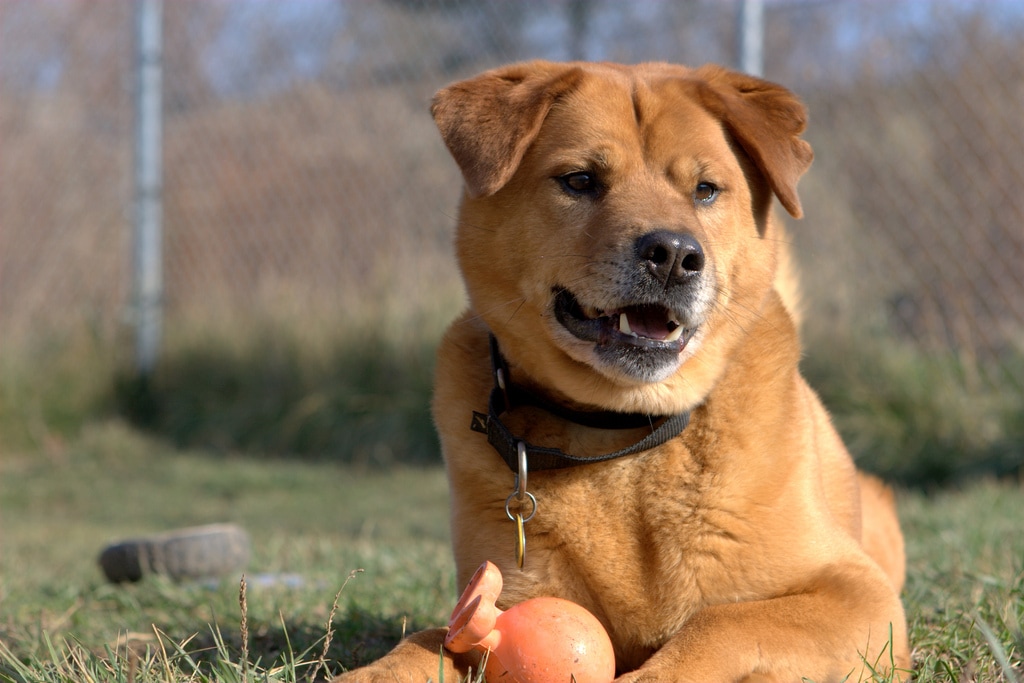
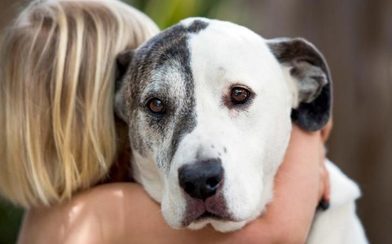
 RSS Feed
RSS Feed